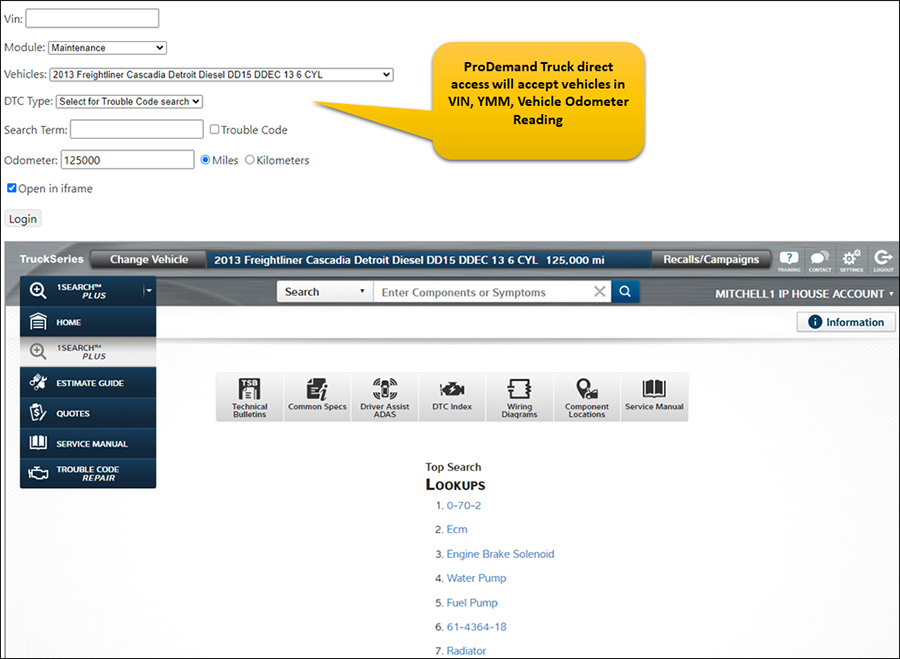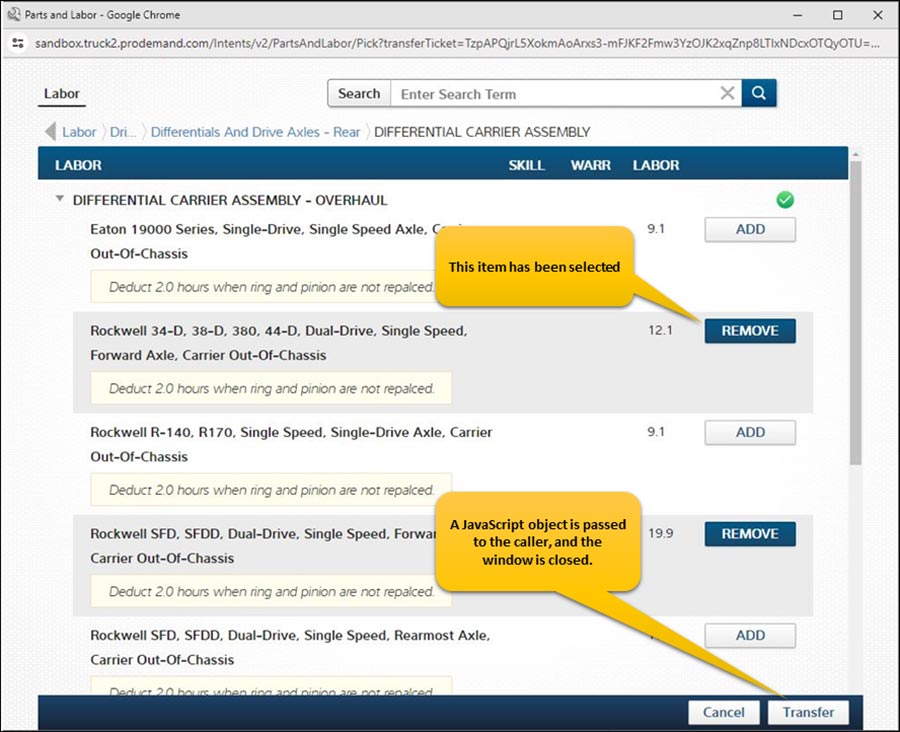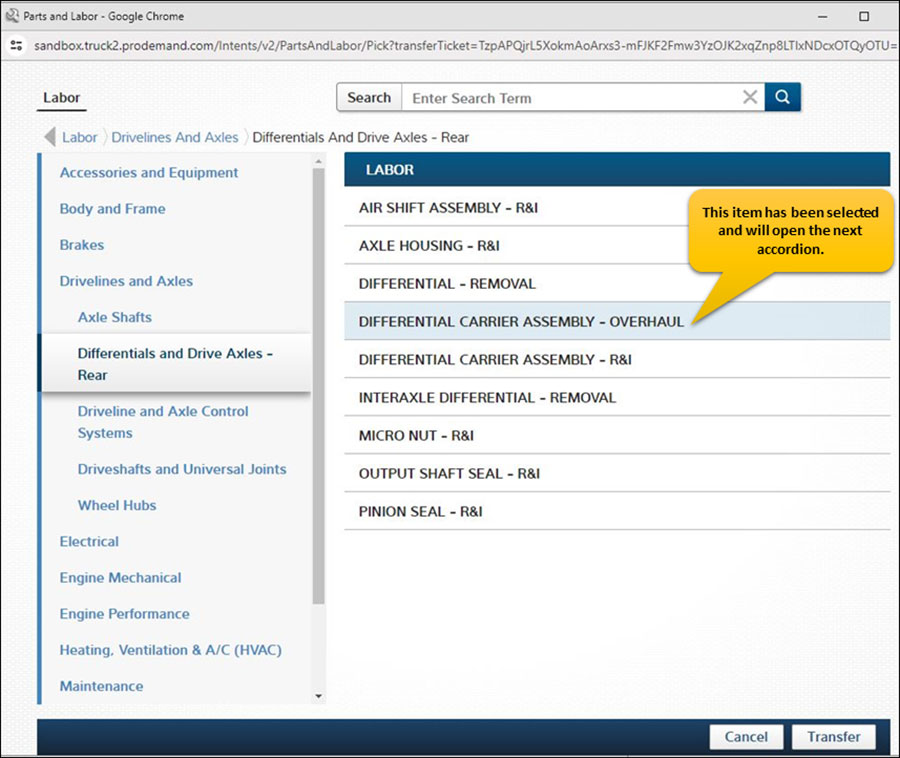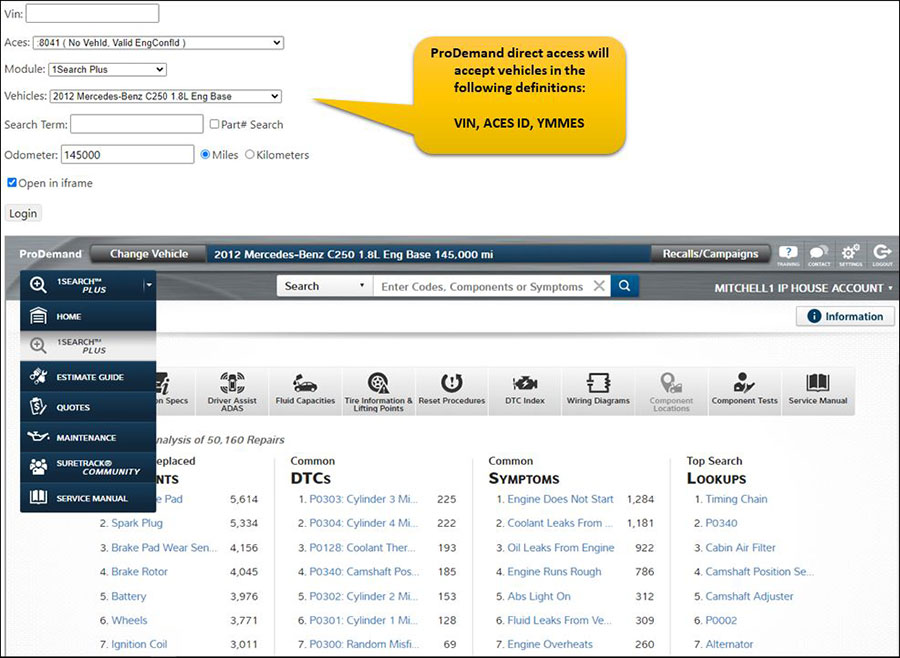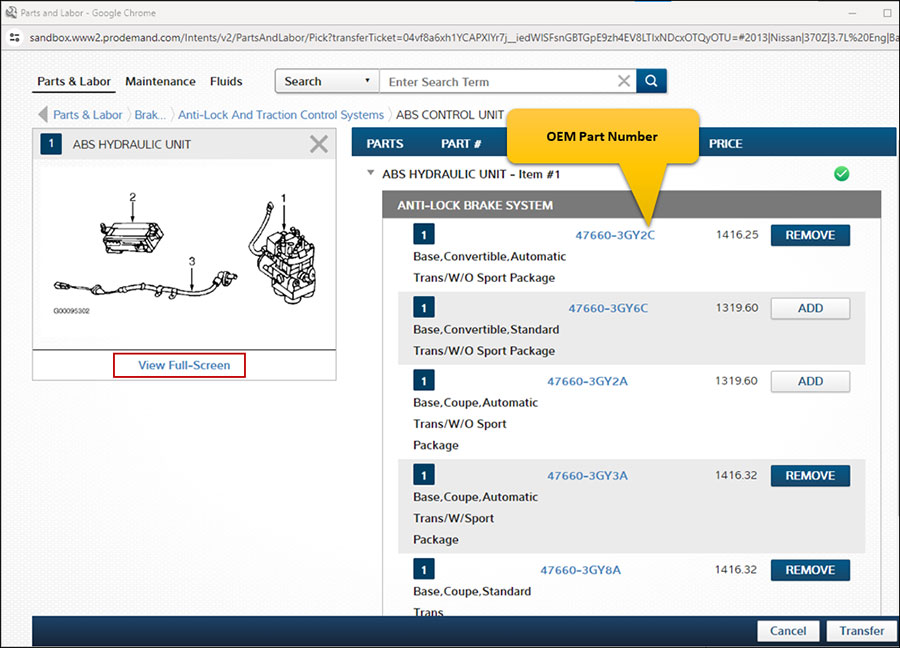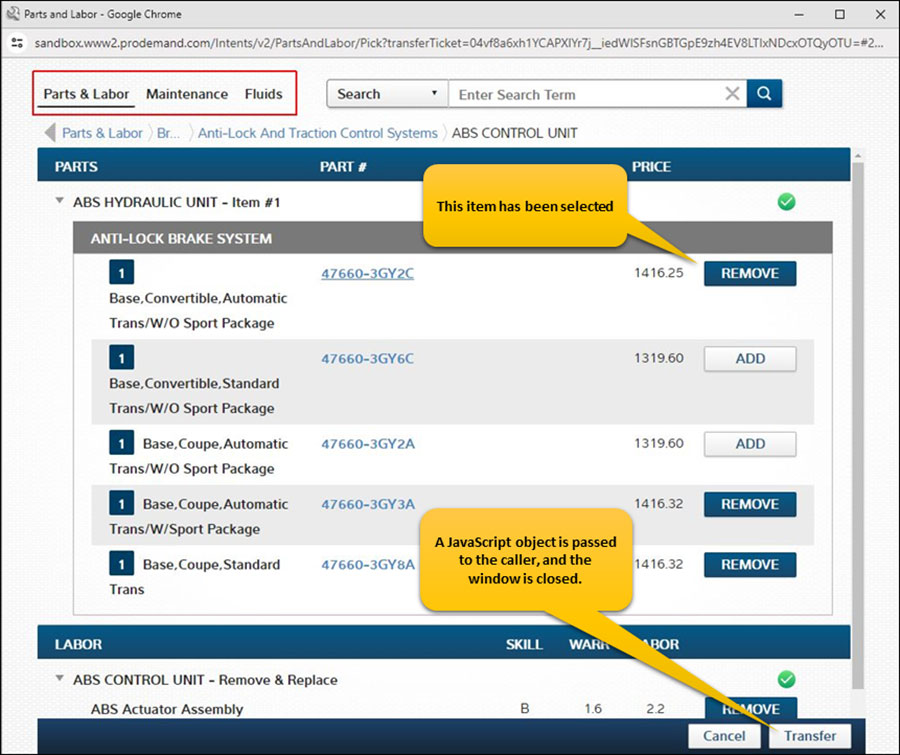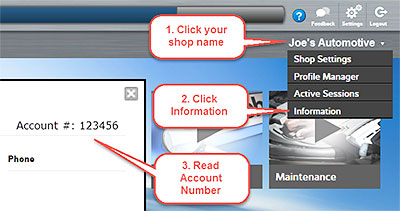Mitchell 1 was delighted to sponsor the Motor Age Trainer Video #94 with Pete Meier sharing important information about Advanced Driver Assistance Systems (ADAS). Check out the video for some great tips you need to know as vehicles with these advanced features make their way into your shop.
The ProDemand auto repair information software can help you diagnose, repair and calibrate ADAS-equipped vehicles. Simply select a vehicle and click the Driver Assist (ADAS) Quick Link button, and you have immediate access to a table that consolidates all the ADAS information for the vehicle in a single location.
Below is a transcript of the Motor Age video if you’d rather read than watch!
VIDEO TRANSCRIPT BELOW:
Pete Meier: ADAS – a family of systems that has grown substantially over the last 15 years or so. Once reserved for luxury and high end vehicles, a recent survey performed by AAA shows that almost 93% of all the new cars sold today in the states has at least one Advanced Driver Assistance System (ADAS) included.
What does that mean for you and your shop? Stick around – that’s the topic for today’s “The Trainer!”
ADAS, or Advanced Driver Assistance Systems, is the blanket name for a variety of electronic convenience and safety systems found on many of today’s cars.
They include functions such as park assist, blind spot monitoring, active cruise control, forward collision avoidance and many more!
ADAS can be passive – providing a warning or some other form of alert to the driver, or active – where the system can actually take corrective action.
All these systems are designed with one goal in mind and that’s to improve occupant safety. According to the National Highway and Traffic Safety Administration (NHTSA), nearly 80% of all accidents in the United States that result in personal injury or death are caused by driver inattention.
These advanced systems pretty much let the vehicle look after itself – with the occupants benefiting in the process. And it could be argued that these systems are also laying the foundation for the future – the future of fully autonomous vehicles.
How is this going to impact you and your shop?
The short answer is this, whether you like it or not, you are in the ADAS business! A lot of the routine services that you’re currently performing in your shop could impact how these systems work.
It might help to think of it like this; the cameras and radar assemblies on these vehicles are literally the “eyes” of the car. For these systems to work properly, it has to have 20/20 eye sight. And, it has to be looking in the right direction.
So any service that you might perform that would alter the ability of the vehicle to “see” or the direction it was looking at, is going to affect how the ADAS system’s function. And that can affect how well they could protect the occupants.
Consider something as routine as an alignment. Ideally, the centerline and the thrust line should be one and the same. Since the camera and radar arrays are calibrated to the center line, any difference between the two will have the sensors looking off to one side.
Think about being behind a vehicle that is dog-tracking down the road. It may be traveling straight in its lane but it appears to be pointing to one side or the other.
When the thrust line is not aligned with the center line, even by a small amount, the forward facing camera will be looking in the direction of the thrust line – and may see obstructions on the side of the road and “think” that they are in the vehicle’s path – causing the lane departure system to apply the brakes or steering to avoid the obstacle.
So how are you supposed to know what services or routine work are going to require some type of calibration procedure?
If you have Mitchell 1 ProDemand, you can find out there. ProDemand has an added tab under the “1Search” results page labeled “Driver Assist ADAS”.
Click on this tab to see what types of repair or service procedures may require attention to the related ADAS system. Following the links will also provide you with an overview of how the calibration has to be performed.
So how are these calibrations performed?
Well the processes can vary almost as much as the acronyms that the OEMs use to describe similar systems. But they do fall into two basic categories; Static calibration or Dynamic calibration.
Static calibrations make use of very specific targets that are placed at very specific points; in front of, beside or behind the vehicle. Then the vehicle is “taught” to “look” for those targets to align and calibrate the sensors and camera.
The other is the Dynamic calibration, where the vehicle is essentially placed into a “learn” mode and then a very specific drive cycle has to be completed for the calibration to take place.
Now a word on static calibrations.
As I mention, each OEM requires the use of specific targets placed in a very specific space relative to the vehicle, depending on the sensors being calibrated. This requires a lot of space – over 3,000 square feet in some cases – and that space has to be both level and free of any obstruction that could interfere with the sensor’s ability to “see” the target.
And don’t forget to include the cost of the targets and the specialized equipment that you’ll need in order to perform these calibrations successfully.
Dynamic calibrations don’t require targets but they do require very specific driving conditions in order for the calibration to be successful. Some factors that come into play is the ability to maintain a steady speed without interruption, the presence of some traffic but not too much, even road surfaces that are clearly marked and the presence of roadside obstacles the camera or radar can “learn” from.
It used to be that when some technologies came along in the past we as technicians or shop owners could decide whether we wanted to involve ourselves with those types of repairs.
That’s not true with ADAS, any car that comes to you equipped with an ADAS system, and then you perform some type of even routine work or repair that’s going to require calibration, well, like I said at the beginning of the video, you’re in the ADAS business whether you want to be or not. It’s really a matter of how you want to approach it. Sublet it to a dealer, seek out a qualified mobile tech in your area, or decide to look at this as a potential business opportunity and invest the time and money necessary for the training and the equipment to learn how to perform these calibrations yourself.
When you think about it, you can be the “go-to” guy in your market instead of the guy that has to go-to.
Thanks for watching!
END OF SCRIPT
Want to learn more about ProDemand?
Request a FREE DEMO!
For more information on ADAS:
